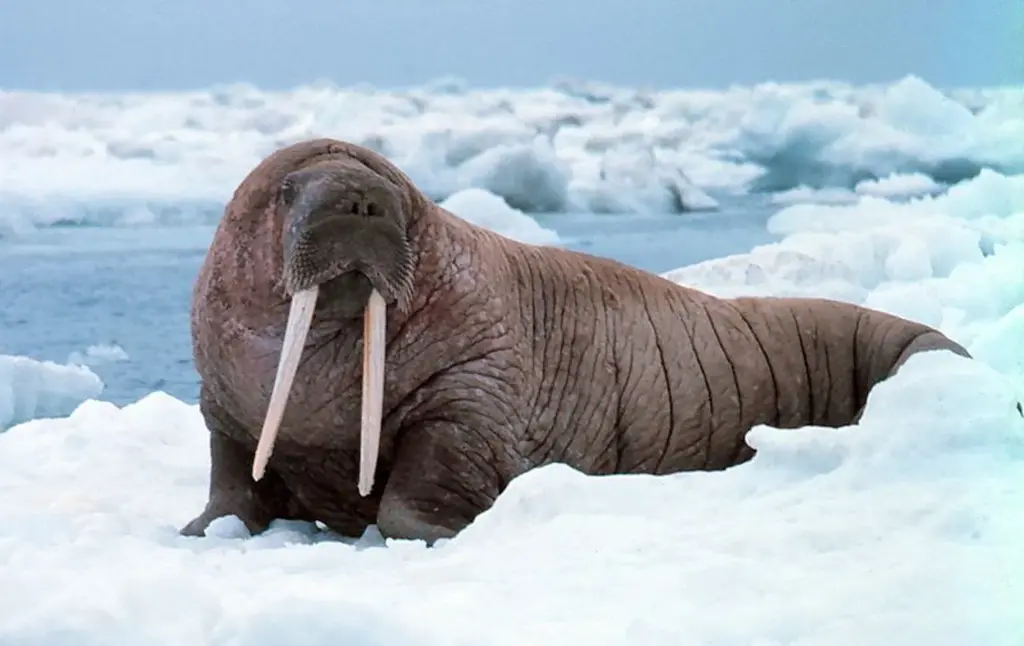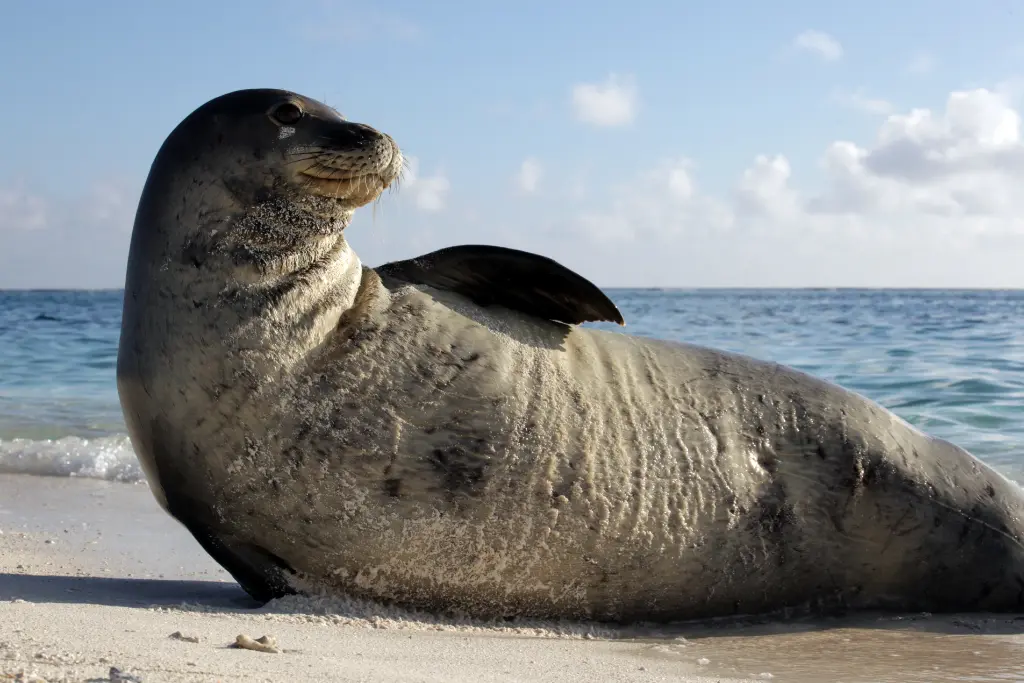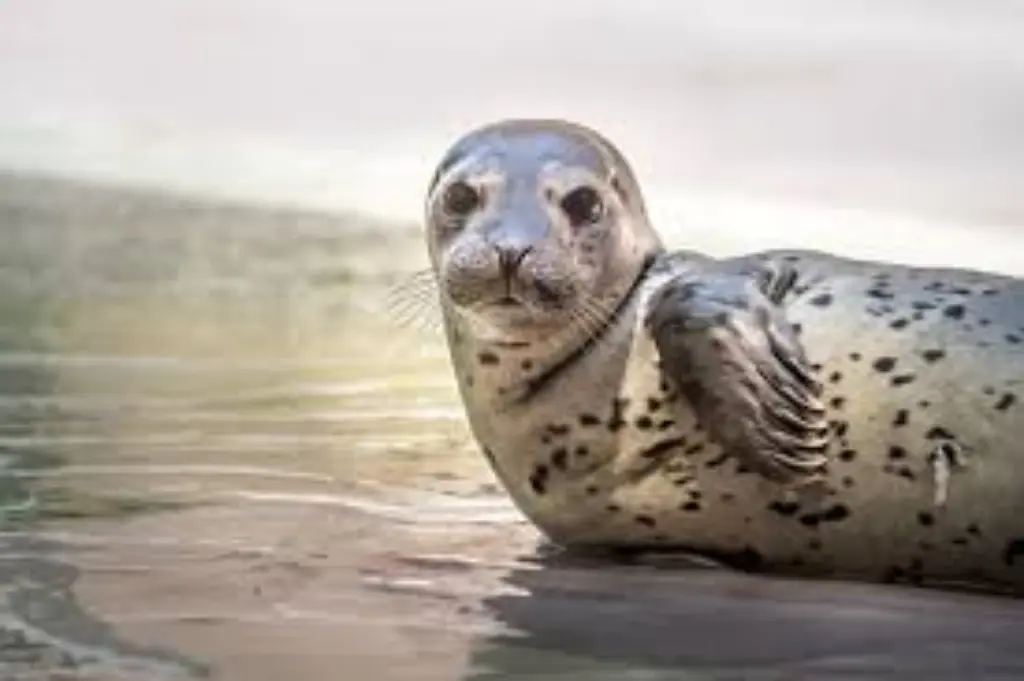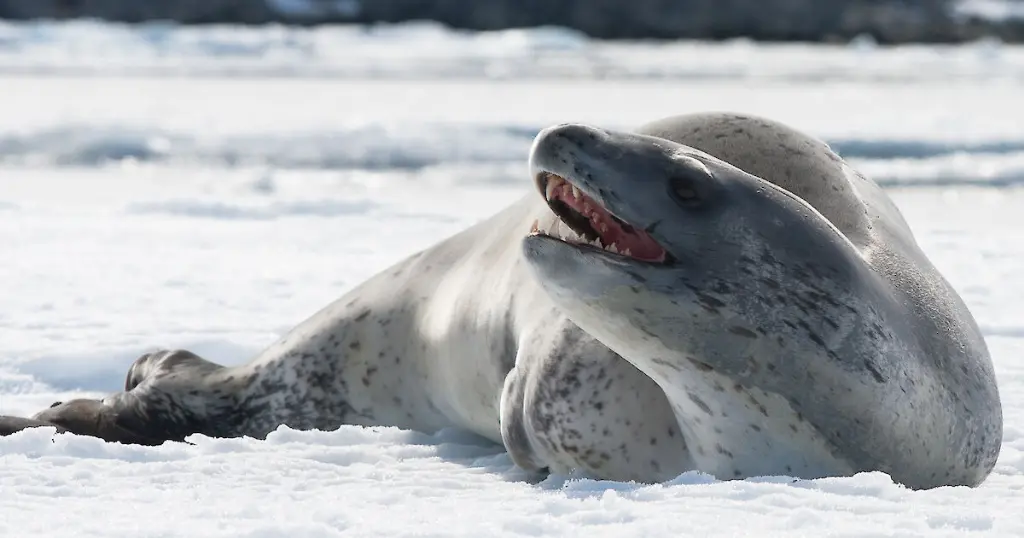Welcome to the fascinating world of walruses! These incredible creatures are true icons of the Arctic, and they’re much more than just big animals with tusks. This article will dive into the walrus’s life, habits, and the challenges they face, all in an easy-to-understand way.
What Exactly is a Walrus?
A walrus is a large marine mammal belonging to the order Pinnipedia, which also includes seals and sea lions. They are characterized by their prominent tusks, whiskers (vibrissae), and blubbery bodies designed for survival in frigid waters. There are two recognized subspecies: the Atlantic walrus (Odobenus rosmarus rosmarus) and the Pacific walrus (Odobenus rosmarus divergens).
The scientific name “Odobenus rosmarus” means “tooth-walking sea-horse,” a somewhat humorous but accurate description considering how they sometimes use their tusks to help haul themselves onto ice.
Appearance and Physical Characteristics
Walruses are massive animals. Adult males, also known as bulls, can weigh up to 4,400 pounds (2,000 kg) and reach lengths of over 11 feet (3.3 meters). Females, called cows, are smaller but still substantial, weighing up to 2,600 pounds (1,200 kg) and reaching lengths of about 9 feet (2.7 meters). Their skin is thick and wrinkled, and its color ranges from pinkish to brownish-gray, depending on their blood circulation and whether they are warm or cold. A thick layer of blubber, up to 6 inches (15 cm) thick, provides insulation in the freezing Arctic environment.
Here are the key physical features of a walrus:
- Tusks: The most iconic feature. They are elongated canine teeth that grow continuously throughout their lives. Both males and females have tusks.
- Whiskers (Vibrissae): These are highly sensitive whiskers, numbering around 400-700 on each side of their snout. They are used to locate food in the murky waters of the seafloor.
- Blubber: A thick layer of fat that provides insulation, buoyancy, and energy storage.
- Flippers: They have strong, flattened flippers that allow them to swim powerfully and navigate icy terrain.

Where Do Walruses Live?
Walruses are primarily found in the Arctic regions of the world. The Atlantic walrus lives in areas around Canada, Greenland, Russia, and Norway. The Pacific walrus inhabits the Bering and Chukchi Seas, between Alaska and Russia. They prefer shallow waters over continental shelves, typically less than 260 feet (80 meters) deep, where they can easily access the seafloor to forage for food. During the winter, they rely on sea ice as a platform for resting, breeding, and raising their young.
Habitat and Distribution
The availability of suitable sea ice is crucial for walruses. They use the ice floes as resting platforms between foraging trips, as well as pupping and nursing grounds. The retreat of sea ice due to climate change poses a significant threat to their habitat and survival.
What Do Walruses Eat?
Walruses are primarily benthic feeders, meaning they forage on the seafloor. Their diet mainly consists of invertebrates, with a strong preference for clams. They also consume other bottom-dwelling organisms such as worms, snails, sea cucumbers, and crabs. They use their sensitive whiskers to locate prey buried in the sediment. Once they find a clam, they use their powerful lips and tongue to suck the soft body out of its shell. A single walrus can consume thousands of clams in a single feeding session!
Feeding Habits and Diet
While clams are their primary food source, walruses are opportunistic feeders and will occasionally eat fish, seals, and even seabirds if the opportunity arises. However, these are not typical components of their diet. Their feeding strategy is energy-intensive, as they often dive to considerable depths to reach their prey. They can hold their breath for up to 10 minutes, allowing them to explore the seafloor effectively.
Walrus Behavior and Social Structure
Walruses are social animals and are often found in large groups called herds. These herds can consist of hundreds or even thousands of individuals, especially during the breeding season. They communicate using a variety of vocalizations, including grunts, bellows, and whistles. These sounds are used for communication within the herd, as well as during courtship and mating.
Social Interactions and Reproduction
The breeding season typically occurs in the late winter and early spring, from January to March. Males compete for access to females, using their tusks in displays of dominance. After mating, the gestation period lasts for about 15 months. Cows usually give birth to a single pup on the ice in the spring. Walrus pups are relatively large at birth and are nursed by their mothers for up to two years. This extended period of maternal care is crucial for the pup’s survival, as they need to learn essential skills such as foraging and navigating icy waters.
The Importance of Tusks
The tusks are perhaps the most distinguishing feature of walruses. Both males and females possess them, and they serve a variety of purposes. Males use their tusks for dominance displays and fighting during the breeding season. They also use them to haul themselves out of the water onto ice floes. In addition, tusks are sometimes used to dig for food on the seafloor or to create breathing holes in the ice.
Functions of the Tusks
Here’s a quick summary of what walrus tusks are used for:
- Dominance Displays: Especially in males during mating season.
- Hauling Out: Helping to pull themselves onto ice.
- Defense: Although rarely used, they can provide a defense against predators.
- Digging: Sometimes used to dig for clams or create breathing holes.
Threats to Walruses
Walruses face a number of threats, both natural and human-induced. Climate change is perhaps the most significant threat, as it leads to the loss of sea ice, which is essential for their survival. As the Arctic warms, sea ice is melting at an alarming rate, forcing walruses to congregate on land in larger numbers. This can lead to overcrowding, stampedes, and increased competition for food.
Climate Change and Other Dangers
Besides climate change, other threats include:
- Predation: Polar bears and killer whales (orcas) are natural predators of walruses.
- Hunting: Historically, walruses were heavily hunted for their meat, blubber, and ivory. While hunting is now regulated, it still occurs in some areas.
- Pollution: Oil spills and other forms of pollution can contaminate their habitat and food sources.
- Disturbance: Human activities, such as shipping and oil exploration, can disrupt their feeding and breeding patterns.
Conservation Status and Efforts
The conservation status of walruses varies depending on the population. The Atlantic walrus is listed as “Near Threatened” by the International Union for Conservation of Nature (IUCN), while the Pacific walrus is not currently listed. However, the Pacific walrus population is facing significant challenges due to climate change and the loss of sea ice. Various conservation efforts are underway to protect walruses and their habitat. These include:
- Monitoring populations: Tracking walrus populations to assess their health and abundance.
- Protecting habitats: Establishing protected areas to safeguard critical walrus habitats.
- Regulating hunting: Managing hunting activities to ensure sustainable harvesting.
- Mitigating climate change: Reducing greenhouse gas emissions to slow down the rate of Arctic warming.
- Educating the public: Raising awareness about the importance of walruses and the threats they face.
Conclusion
Walruses are truly remarkable animals that play a vital role in the Arctic ecosystem. They are well-adapted to survive in one of the harshest environments on Earth. However, they are also facing significant challenges due to climate change and other human-induced threats. By understanding these incredible creatures and the challenges they face, we can all contribute to their conservation and ensure that they continue to thrive in the Arctic for generations to come.




